
Introduction by Tirath Kamdar, General Manager Luxury at eBay.
What a year we have all lived through. The first quarterly volume of this special report from eBay and WatchPro on pre-owned and luxury watch auctions and marketplaces was created back in October when the warm months of summer had the covid pandemic in retreat.
Well into 2021, we now know that whatever changes we made to our lives and business plans last year will continue for some time to come.
Thankfully, it’s not all bad news. As this volume describes, the closure of physical retail stores for much of last year drove a dramatic acceleration towards ecommerce and digital engagement for huge parts of our ecosystem, ranging from manufacturing and distribution through to customer acquisition, marketing and retail.
The luxury watch industry has resisted digitization more than almost every other consumer goods sector, but 2020 will forever be the pivotal moment when the shopper took the wheel. And, since these customers have been working and shopping from home more than at any time in history, brands and retailers have been forced to adapt to reach them there.
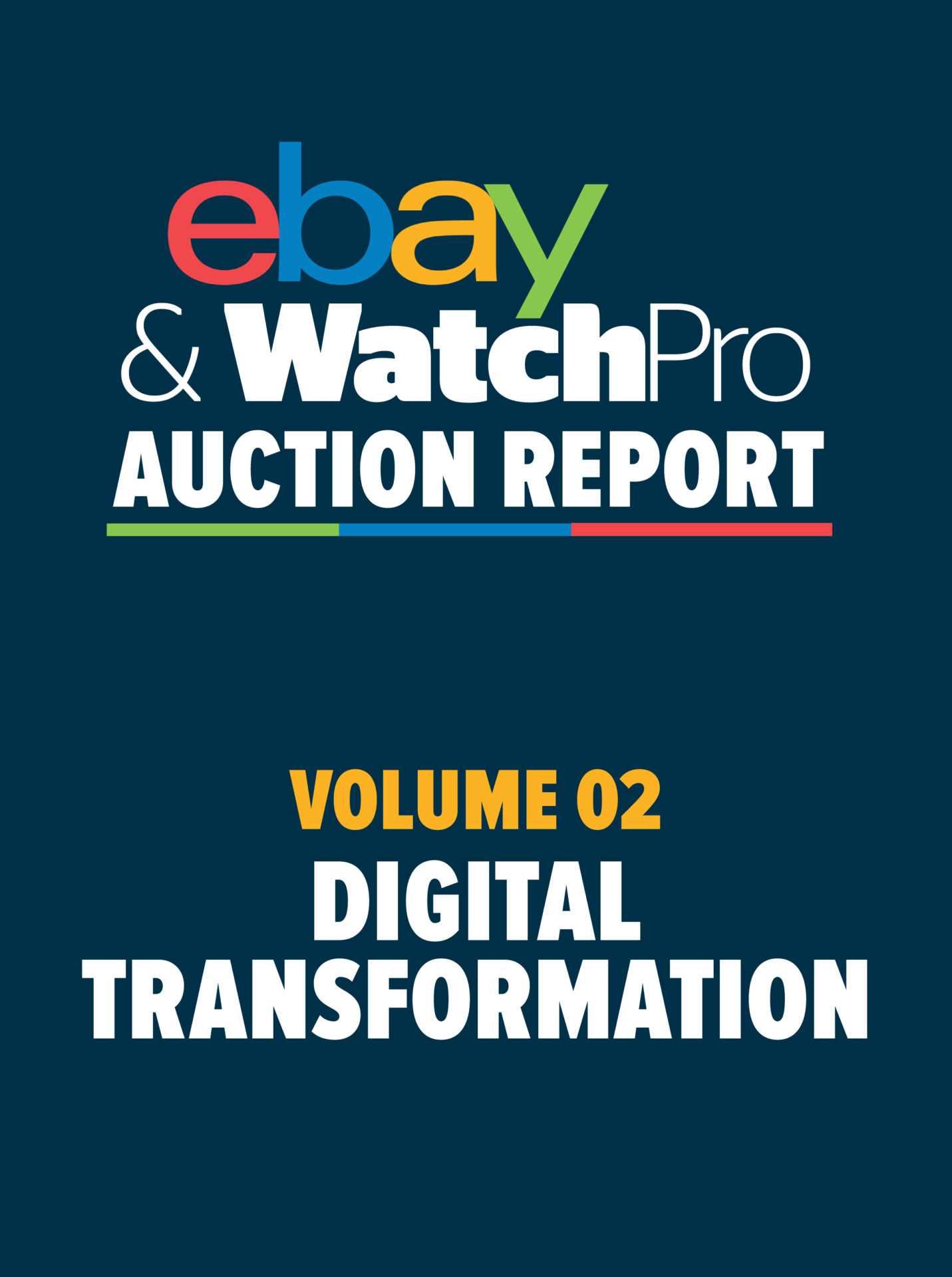
eBay is a marketplace and auction platform that has connected buyers and sellers since it was founded in 1995. It is global but also local, with individual sellers and SMBs creating the backbone of eBay, and the marketplace consistently offering shoppers access to breadth and depth of inventory found nowhere else.
Luxury brands across fashion, jewelry, watches, handbags and more have been slow to use digital platforms to sell, and they have limited the options their authorized dealers have for working with third parties.
On the heels of such an unprecedented year that impacted every corner of human life, I anticipate that pragmatism will continue edge out the doctrine that insisted customers have to come in-person to immersive boutiques on Rodeo Drive, Place Vendome or Bond Street to be able to access luxury goods.
Auctioneers have been particularly successful at adapting to a world where digital means have augmented or replaced entirely the usual sale room deals.
We are delighted that venerable institutions like Sotheby’s, Christies and Bonhams have grown their online sales throughout 2020. That brings even more legitimacy to the online auction world for high value collectibles.
People that get comfortable buying one $10,000 watch online are likely to build on that confidence, even if they do still love the experience of shopping in a hallowed Patek Philippe or Audemars Piguet boutique.
Every sectors’ journey from physical to digital selling has been unique, but there is no category that has swung back to being dominated by store sales once ecommerce reaches critical mass. 2020 has taken the luxury watch market a long way towards that tipping point, and it will not be going back.
Tirath Kamdar,
GM of Luxury, eBay, Inc.
HOW 2020 TRANSFORMED THE AUCTION WORLD
Far from crippling venerable auction houses like Sotheby’s, Christie’s and Bonhams, global lock downs pushed them all to accelerate digitalisation of their centuries-old industry. Reluctance to trading luxury watches online was stripped away and legions of new customers started buying and selling vintage and contemporary timepieces. The result has been convergence and competition between the traditionalists and digital giants like eBay, with these once incomparable players learning from each other and driving up the quality of service the industry provides across the board.
As covid 19 spread from Asia to Europe and onto the Americas, governments’ adoption of hard lock downs was as contagious as the virus itself. Education, commerce, retail and hospitality all had to adapt to a world in which physical contact was replaced with digital communication and transactions. In-store shopping gave way to ecommerce, home delivery and click and collect.
Traditional auctioneers were already dabbling in hosting hybrid events where buyers might be in the sale room, dialing in through proxies or placing bids online. The sale room, however, was always centre of the action, with expert auctioneers pointing to bids from the floor, on screens or phone banks like a conductor at the front of a philharmonic orchestra.
Nothing can quite replace the drama of a prestigious watch or fine art auction in Hong Kong, New York, Geneva or London, but with human gatherings banned for much of the year in major cities, the world’s venerable auction houses had to race towards a digital future that was already nibbling away their domination of the top end luxury market.
It had always been hard for the likes of Sotheby’s (founded 1744), Christie’s (1766) and Bonhams (1793) to accept they competed in the same market for collectables with upstarts like eBay (founded 1995), The RealReal (2011) and Chrono24 (2003).
2020 forced them to confront that reality. If a collector was looking to get the best price for a prized Panerai or heirloom Harry Winston timepiece, they could take their chances in a traditional auction where a few hundred connoisseurs might fight over it, or they could consider one of the newer digital players that could accept bids from millions of consumers in every corner of the planet.
Buyers faced a different set of questions. Venerable auction houses have some of the world’s greatest experts; horologists that can spot a replacement dial from across a crowded room. They build a book of potential buyers ahead of every sale; expertly drawing them into a frenzy of lust and leaving them with just enough fear that they won’t secure the watch of their dream without stretching their budget just a little. The excitement of an auction quickly strips them of rational thoughts like the buyers premiums that can add 25% to the price of winning.
Every type of auctioneer, retailer or digital platform, likes to think they have tricks up their sleeves that give them an edge in a competitive market, and they often justify their comparative strengths and weaknesses as unique selling points. High fees, for example, are sold as the price of working with the very best experts and getting in front of the world’s most selective customers. Flip it around, and the less exclusive online experience is part of the price a seller pays to reach an audience of millions or benefits a buyer with tens of thousands of watches from which to choose.
This cosy consensus was shattered in 2020. If centuries-old auctioneers were cautious about going online, they had to hold their noses and plunge in or be left with fewer or no customers. Because they did precisely that, platforms and online auctioneers like eBay had to raise their game when it came to building trust with expert and casual collectors. eBay’s Authenticity Guarantee was one of the measures introduced last year to ensure customers can shop with confidence, with third party experts verifying all watches over $2,000 and confirming that the item is exactly as described in the listing.
“With the launch of our Authenticity Guarantee offering, and the way that it drastically changes the way watches are bought and sold on a huge platform like ours, it has given people a lot of confidence that the process is going to be seamless and can be trusted,” says Tirath Kamdar, General Manager of Luxury at eBay.
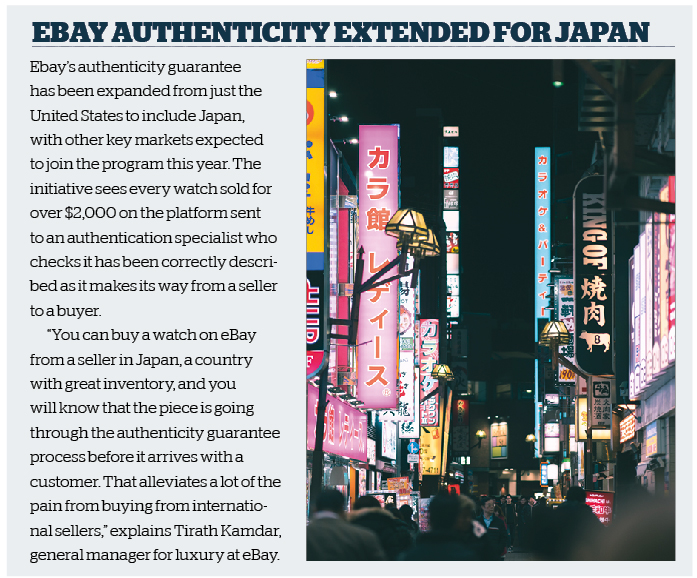
Most traditional auction houses have been developing their digital skills for several years, but 2020 was like a shot of steroids. Rebecca Ross, specialist at Christie’s Watch Department, says customers have been growing in confidence online. “During the global lockdown, it was most evident that our online sales were performing exceptionally well. Digital connections continued to rise, and trust between Christie’s and clients grew even stronger. Online sales have been a core sales platform at Christie’s since 2011. In 2019, 64% of our global clients bought or bid online resulting in over $270 million in transactions spanning online sales, online absentee and LIVE bidding. Online sales continue to recruit the largest number of new buyers with 41% in 2019,” she reveals.
“In this period, we have witnessed an unprecedented response from our clients participating from over 150 countries with new registrants as high as 80% for some categories. The objects offered online are competed for fiercely, ending sales with sell-through rates in the high 80% upwards to 100%,” Ms Ross continues. “We have also witnessed a new height for online sales in terms of total sale value and record prices. Additionally, we have witnessed an increased comfort level of digital transactions, and with the recent record success of our Dubai online sale, we felt that this model is best suited to meet our clients’ evolving needs.”
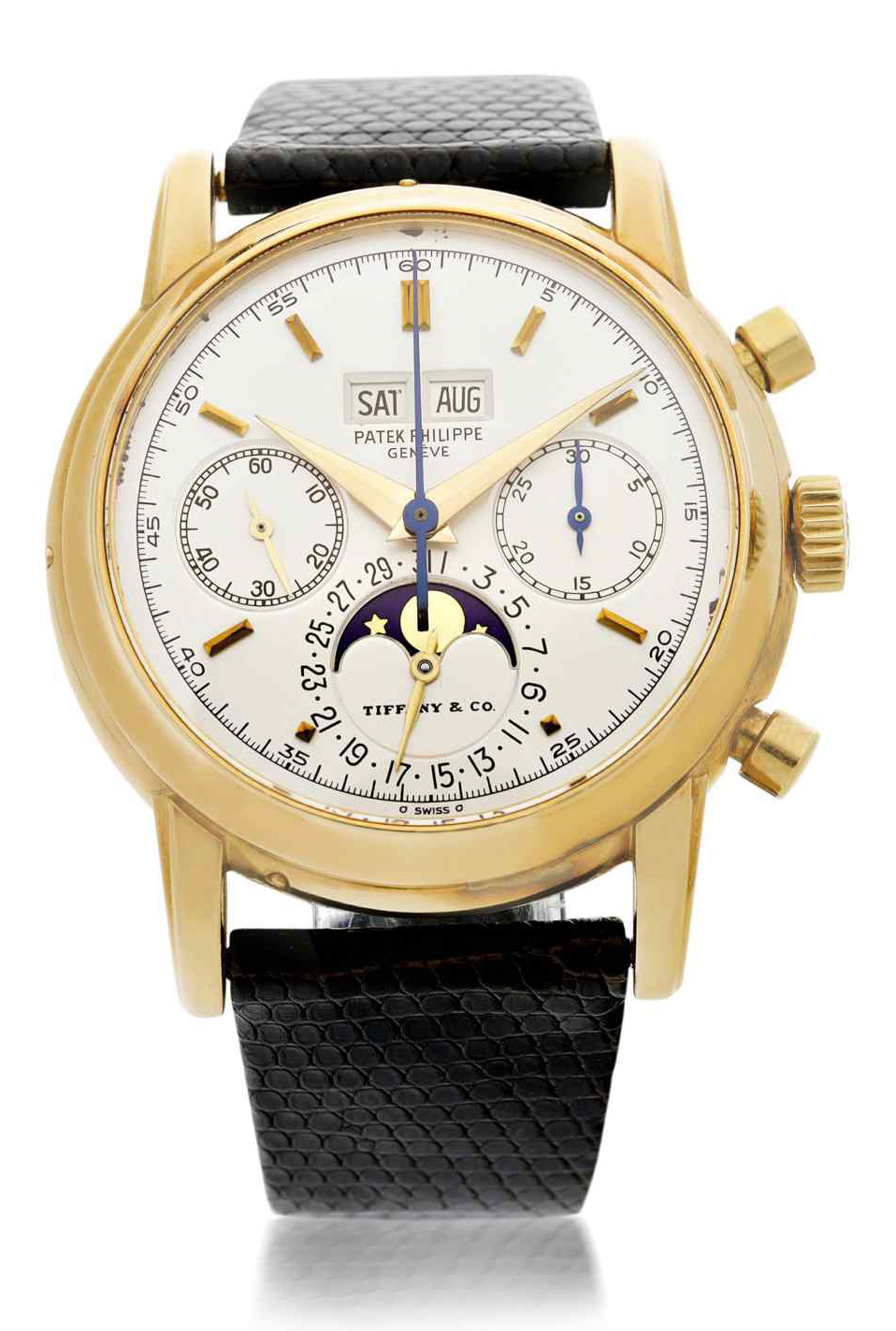
That Dubai sale, in October, was the largest online watches sale ever held at Christie’s with a record $5,592,000 in sales. The leading watch of the sale was a Rolex, Steel Submariner “MILSUB”, Ref. 5513/17- made for the British Royal Navy, which sold for $400,000, the highest price ever paid online at a Christie’s auction.
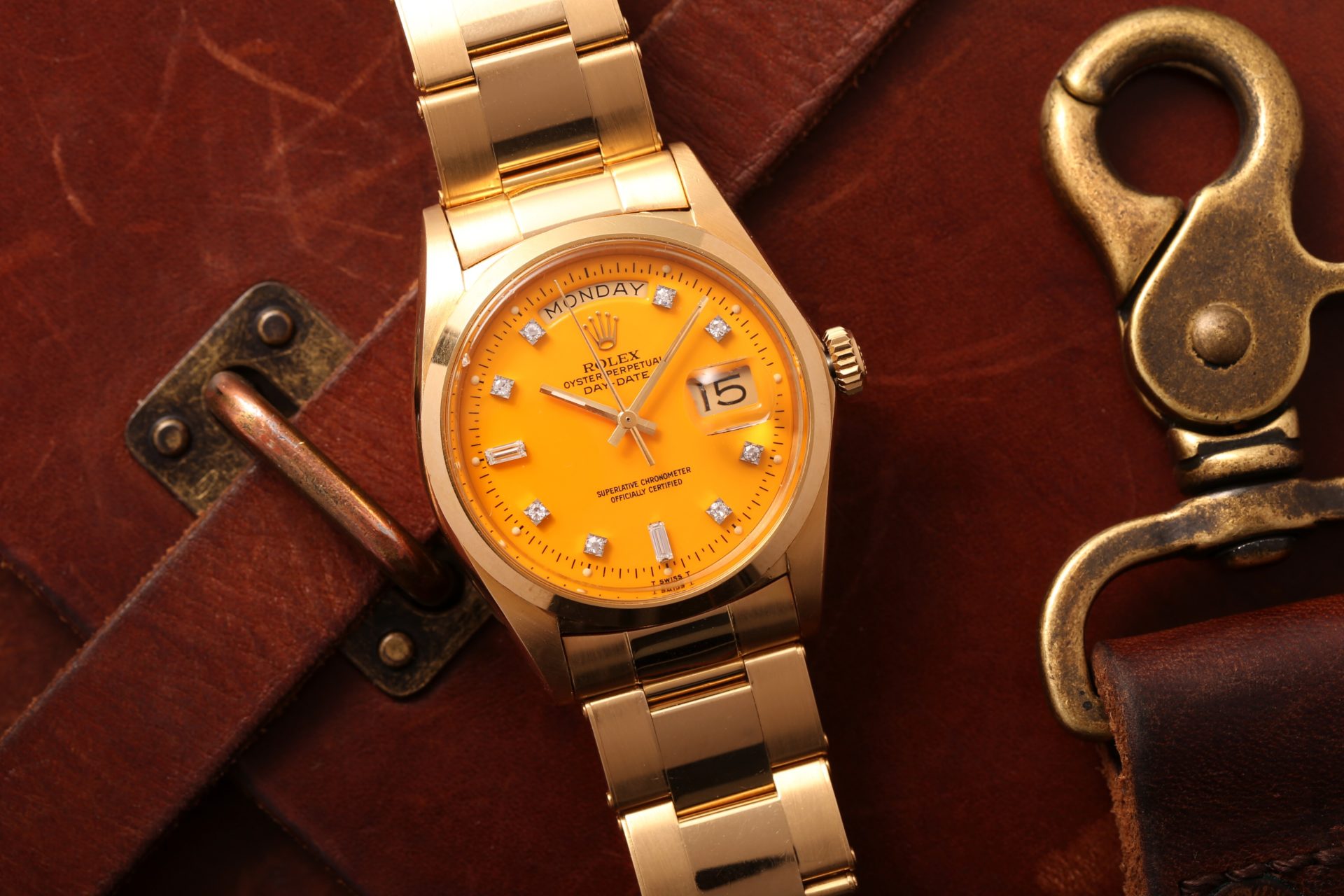
Other highlights included a Rolex, gold and diamonds Day-Date with yellow Stella Dial, Ref. 1802, which sold for $237,500, a Patek Philippe, platinum and diamonds Perpetual Calendar Chronograph, Ref. 5271P-011, which achieved $200,000, and a Patek Philippe, gold, diamonds, pearl and ruby-set skeletonised keyless watch, Ref. 912, which sold for $118,750.
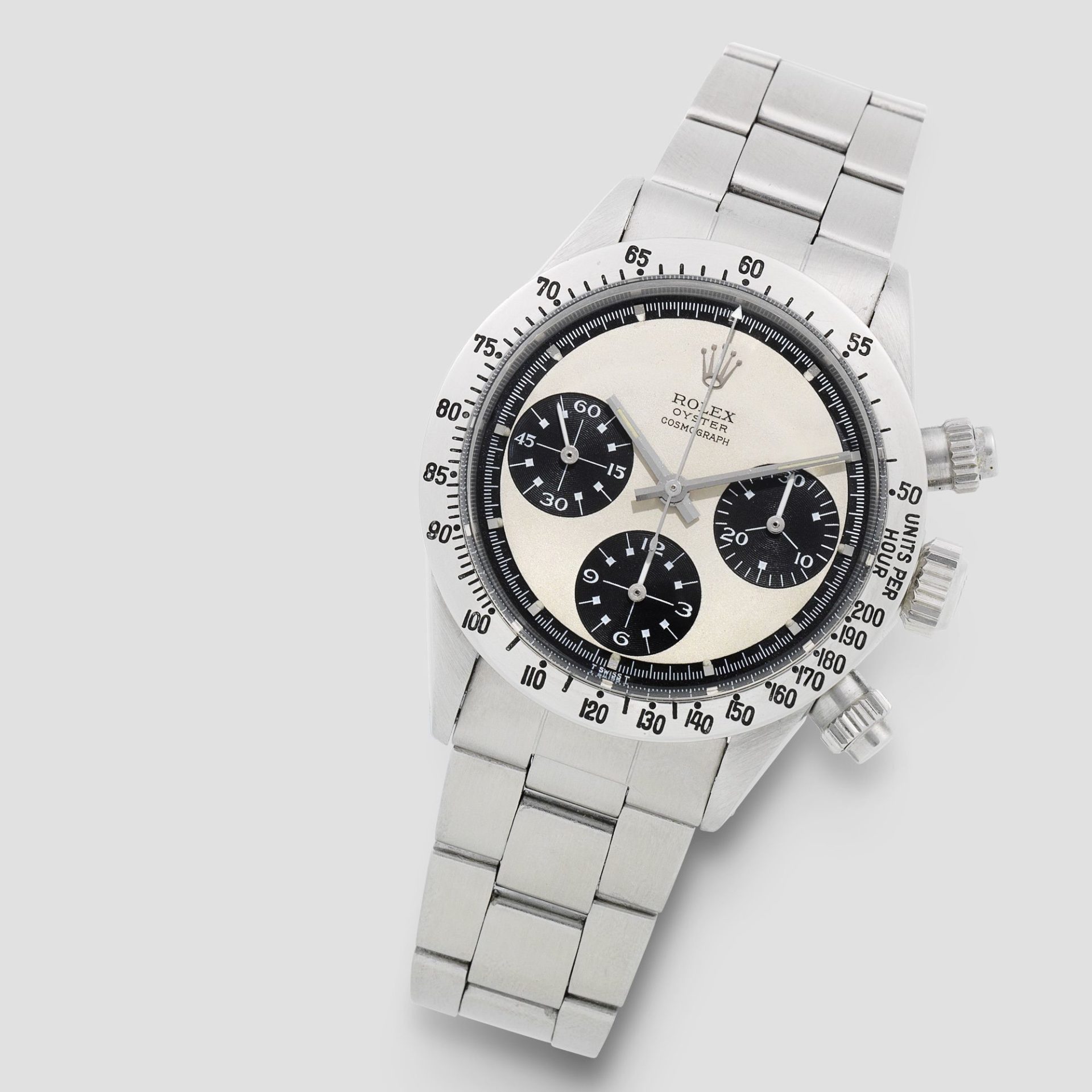
The shift to online has attracted a new cohort of buyers, according to Ms Ross, and demand throughout the traumatic pandemic year was a welcome surprise. “In our October Online sale, 45% of buyers were completely new to Christie’s. The stability of watches priced between $15,000-30,000 has been remarkable in this period. We are not only seeing collectors come out for the trophy pieces, but new buyers interacting at all levels,” she says.
Bonhams was already holding online sales before the pandemic, and Jonathan Darracott, global head of watches says it was relatively easy to switch up a gear. For watches, the London-based auctioneer hosts two types of auctions. Its Bond Street Fine Watch Sales are for the most prestigious pieces while Knightsbridge is the venue for a wider, often less expensive, range of lots.
The business introduced hybrid — live and online — sales where an auctioneer runs the auction in the saleroom without an audience. Bidding is done remotely online, by telephone or absentee bidding, which contributed to a record year. “It was Bonhams Watches UK’s most successful year ever, with an average sell-through rate of 89% at our sales in New Bond Street and Knightsbridge,” Mr Darracott reveals.
Like the wider primary market for luxury goods, auctioneers like Bonhams benefited from people having more time and money to devote to their hobbies. “The lock downs have given people time to follow their passion – particularly those who would normally spend a few hours a day commuting or spending time away on business trips. There are also people who would usually spend a fair amount on holidays and socialising and now have spare cash to invest in a watch that they’ve perhaps always wanted, as well as those investing in an area which has historically performed well. We have seen a rise in demand and so we have had some of our best sales results during this period,” Mr Darracott suggests.
Auctioneers are universally selective in their reporting of results (WatchPro has never received a press release yet saying a sale was a flop), but some brands have done better than others. “The biggest uptick has been for independent watchmakers such as F.P.Journe or Philippe Dufour whose timepieces have really captured the interest of collectors.
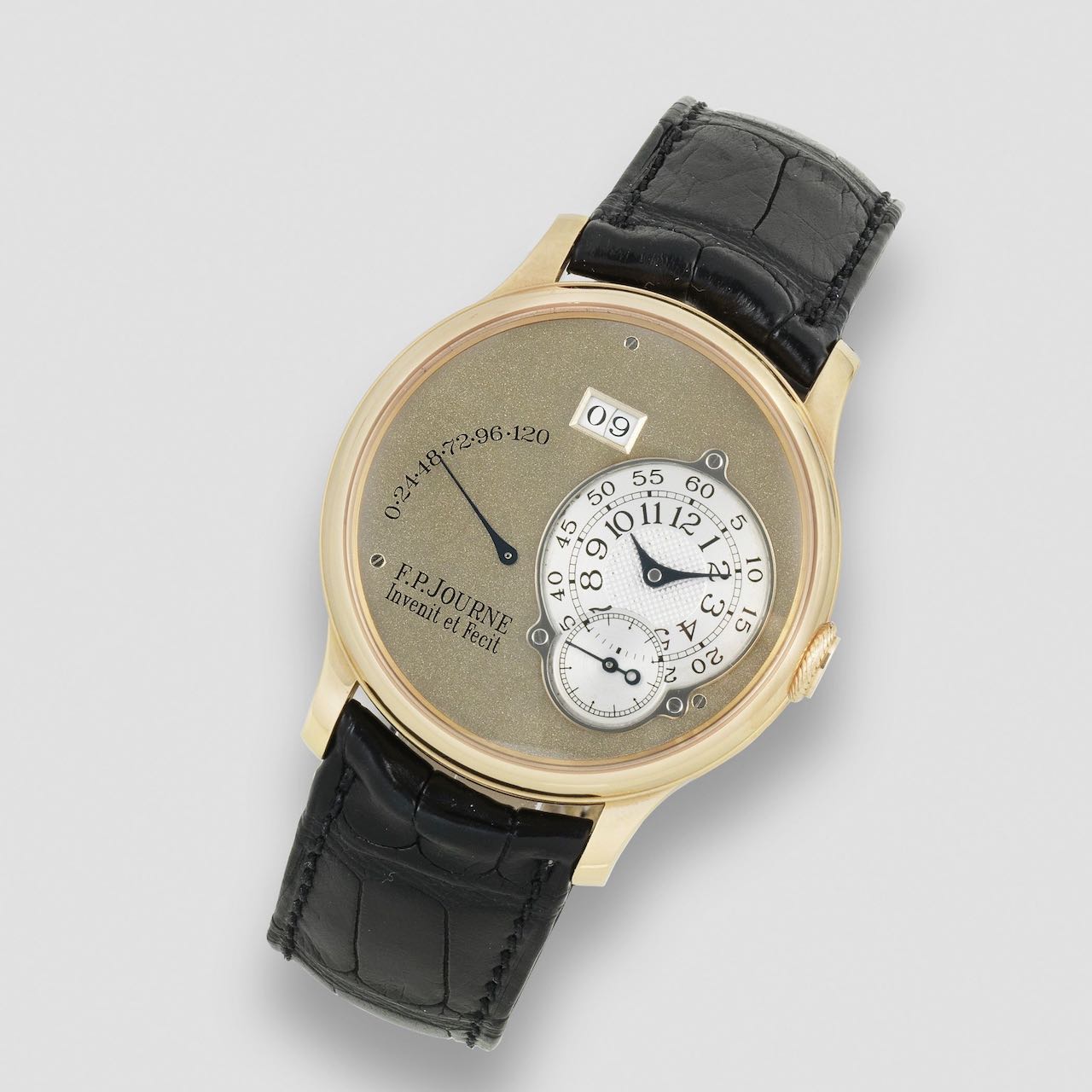
“One such was a 2001 F. P. Journe Octa Réserve de Marche, No. 072-01A — a very exclusive 18ct rose gold automatic calendar wristwatch, only offered to favoured clients — which made four times its estimate last year, selling for £97,750. Otherwise, the usual suspects have sold well — namely Patek Philippe and Rolex. Both brands dominated the top ten of last year’s Fine Watches Sales and our top lot of the year was a 1970 Cosmograph Daytona ‘Paul Newman’, which sold for more than £237,000, double its pre-sale estimate,” Mr Darracott lists.
Phillips, which still holds the world record for the highest price ever paid at auction for the Paul Newman Daytona that sold for almost $18 million in 2017, says the base of customers broadened during the pandemic year.
“Once the preserve of an older generation of collectors, watches are now part of the cultural mainstream and a must-have for younger collectors who are flocking to the auction world and imposing their preferences for contemporary watches made by independent or blue-chip brands. Accordingly, the popularity of these very rare watches shot up dramatically in 2020, with several of these master watchmakers setting new world records at Phillips and in some cases joining flagship auction timepieces at the top of our annual leader board, and we fully expect to see more niche brands receive the recognition they deserve in the coming years. In addition, we saw that provenance always counts, no matter the level of celebrity the watch is attached to, and that condition and quality remain king when it comes to vintage watches,” says Arthur Touchot, specialist and head of digital strategy, watches, for Phillips.
Auctioneers like Fellows, based in Birmingham, England, were once limited to selling to comparatively local markets, but an early move into online sales has given them global reach to buyers and sellers. With the pandemic making in-person auctions and previews impossible for several months, the business launched a range of online services such as valuations and viewings over Zoom to an international clientele.
Steven Yambo, Fellows’ senior watch specialist expects most of these digital services to continue, even once physical meetings and sales are allowed again and credits the company’s early adoption of digital tools for a successful 2020. “We found that the demand for both vintage and pre-owned watches was as strong as ever during the pandemic, from the UK and further afield. I think the pandemic has pushed people to pull the trigger on a watch they always wanted as it prompted people to enjoy things while they can. A watch is a great collector’s item as you can wear and enjoy it while building your collection,” he says.
There was some concern at the beginning of the pandemic that the bottom could fall out of the market, but the market quickly rebounded. “At the start of the pandemic we received a lot of inquires from people with modern, hard to get Rolex sport watches — Submariners and Daytonas —worried that the price would drop on them, but the demand from bidders out through the pandemic for these pieces has still been very strong,” Mr Yambo describes.
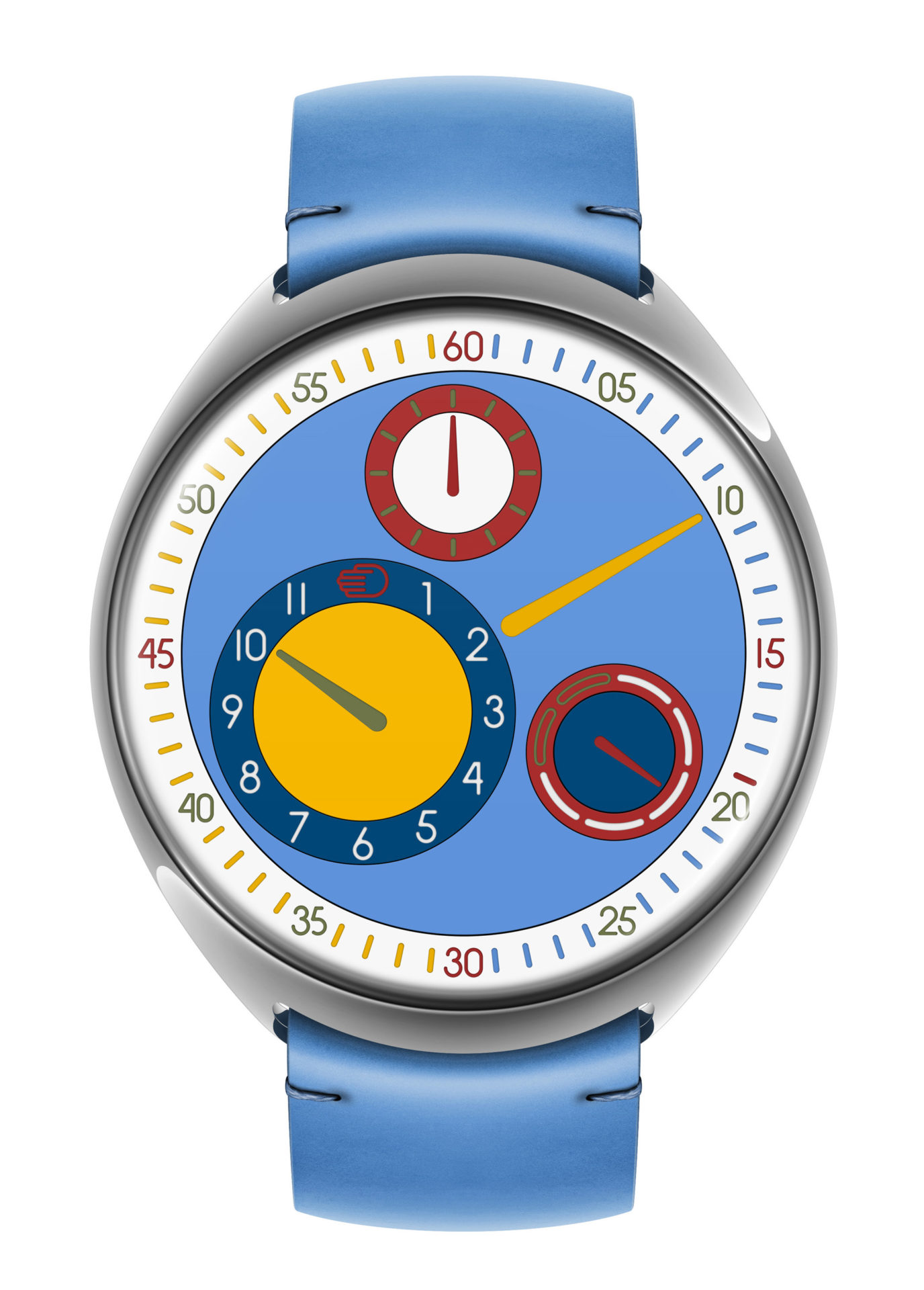
Sotheby’s worldwide head of watches, Sam Hines, paints a similar picture. “2020 has been a transformative year for the watch auction market, perhaps the most significant evolution since the emergence of the collecting category in the 1980s,” he says.
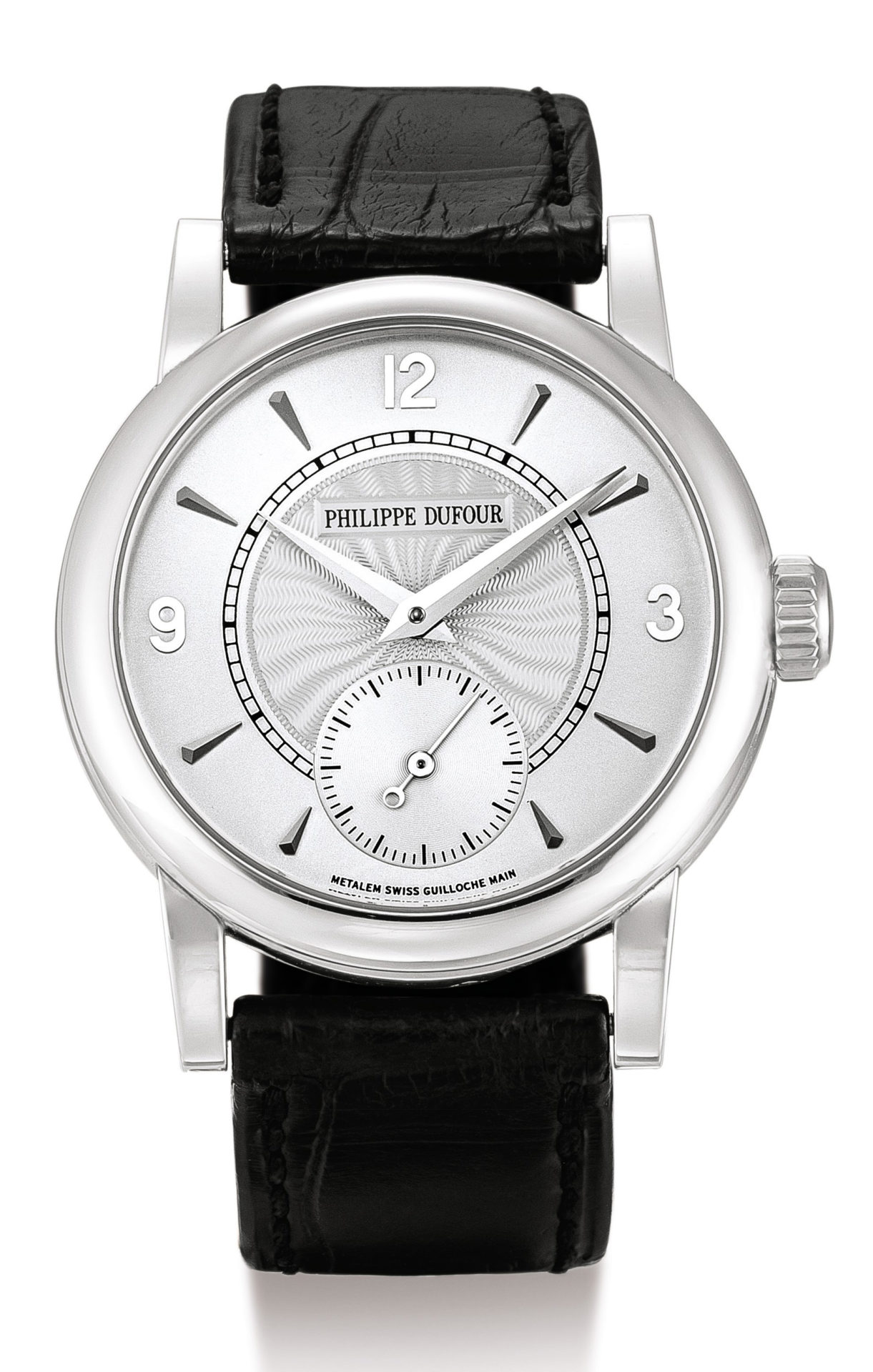
Mr Hines is based in the company’s Hong Kong office, which has been able to host physical sales, but was also quick to introduce weekly watch auctions that grew its base of buyers and sellers.
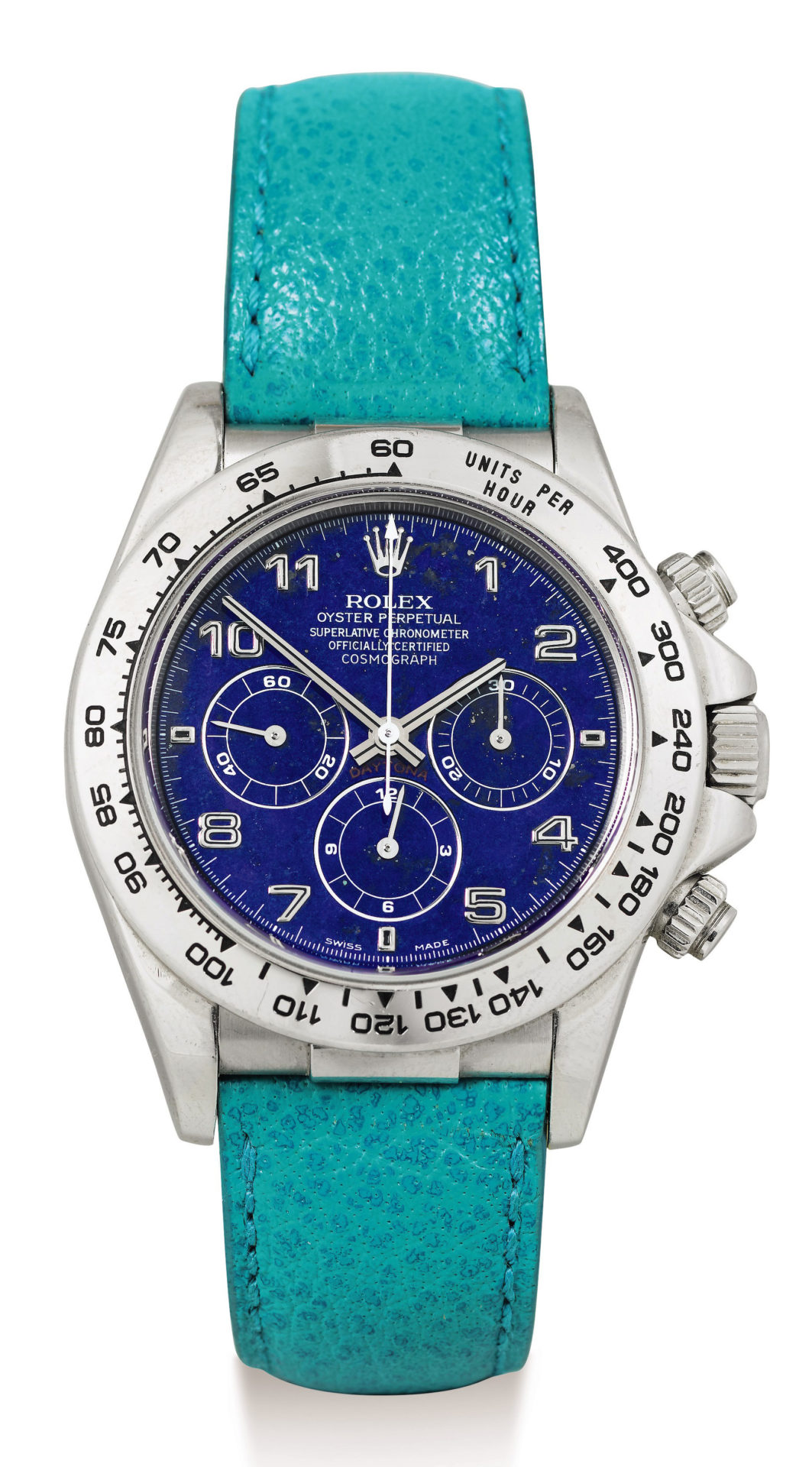
“We have embraced the unprecedented times to start reinventing the way we connect with the ever-growing number of collectors around the world. From the introduction of highly popular weekly sales and pioneering online auctions to the launch of a new Buy Now marketplace, this year has seen many innovations which, combined with unabated demand for exceptional timepieces, have contributed to set new benchmarks. These include online records and landmark prices for vintage pieces, independent watchmakers and exceptional pocket watches,” he recalls.
Global auction sales for Sotheby’s totalled $97.5 million last year, helped by over 140 online sales that amassed revenue of $47.4 million. That is eight times the number of sales and five times the value compared to 2019.
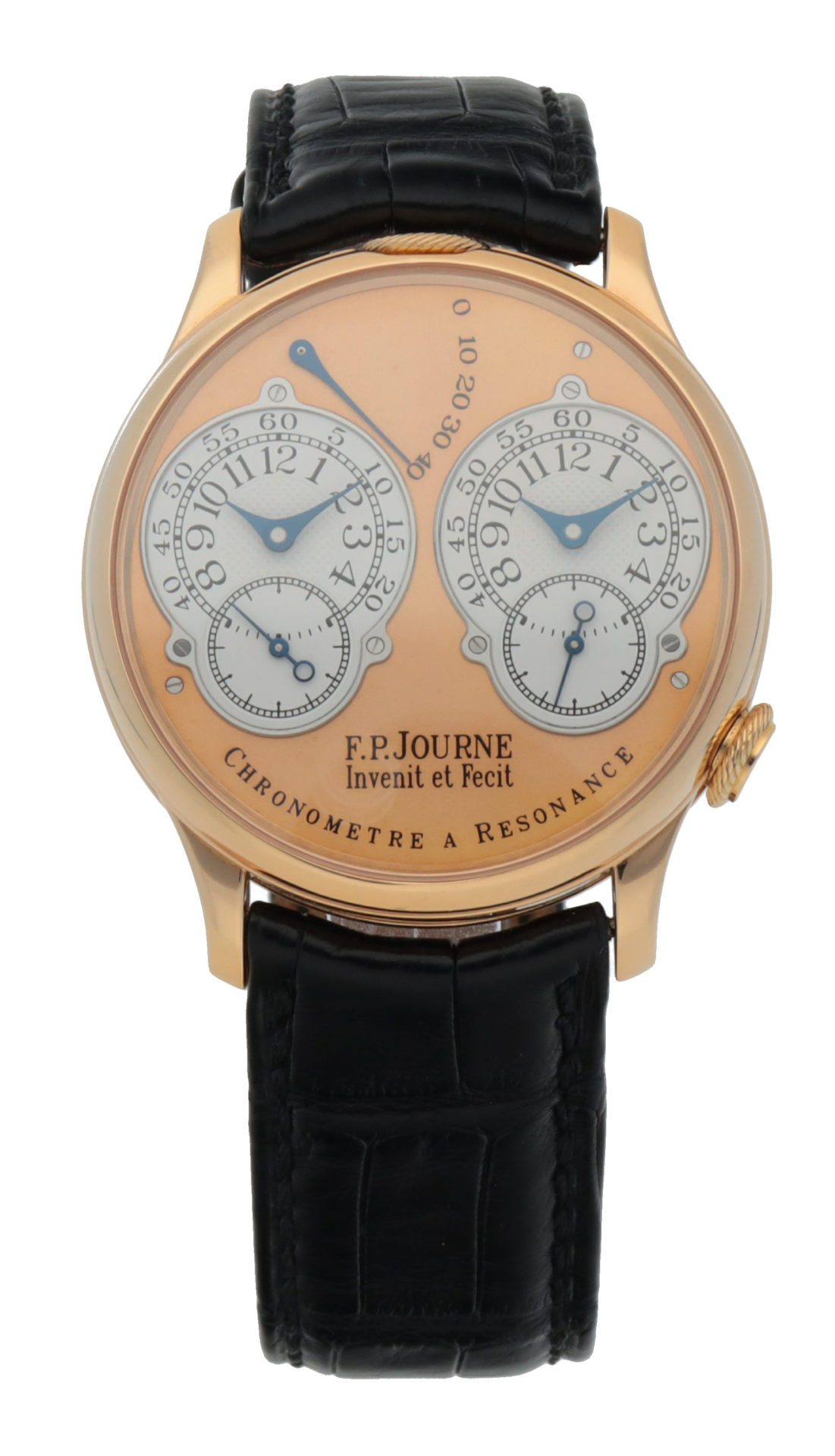
Rare Rolex watches and contemporary pieces from independents like F.P. Journe and Philippe Dufour fetched record prices. A non-limited Philippe Dufour Simplicity made in 2005 sold for $662,700 in Hong Kong in October while a 2002 F.P. Journe Chronomètre à Résonance achieved $261,386 in Geneva in November. A Rolex Daytona JPS sold for $3.3 million in a single lot auction in London in July while a possibly unique c.1999 Cosmograph Daytona, reference 16516, platinum chronograph wristwatch with lapis lazuli hardstone dial hammered at $1,545,723.
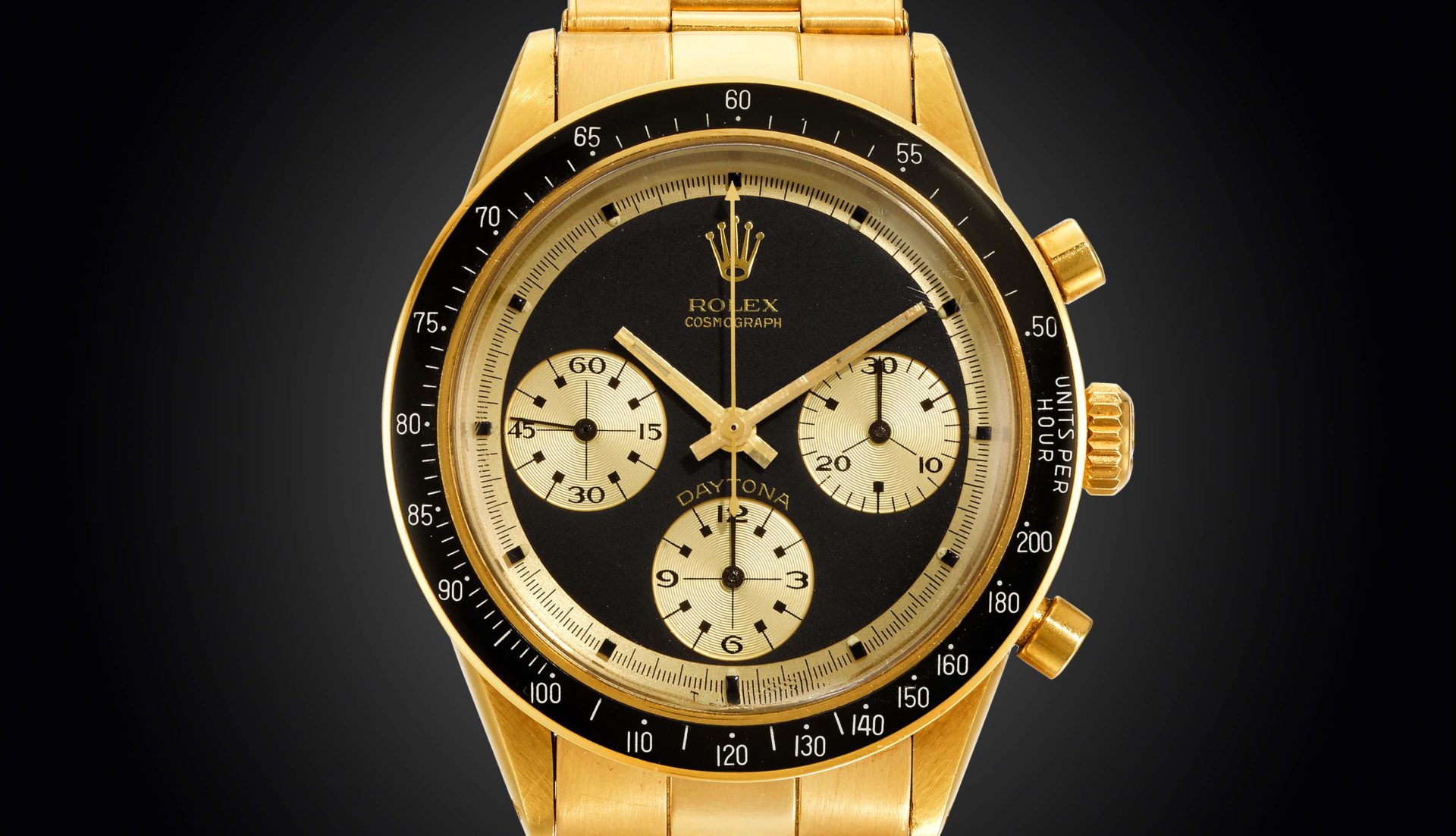
2020’s extraordinary prices were not reserved for just the rarest and most prestigious pieces sold by traditional auctioneers, rising demand affected the whole market, including sales of new and used luxury watches. The highest price paid in 2020 on eBay was $125,000 for a Rolex PAM 21 Panerai Special Edition, followed by a De Grisogno Grappoli Watch that sold for $96,200.
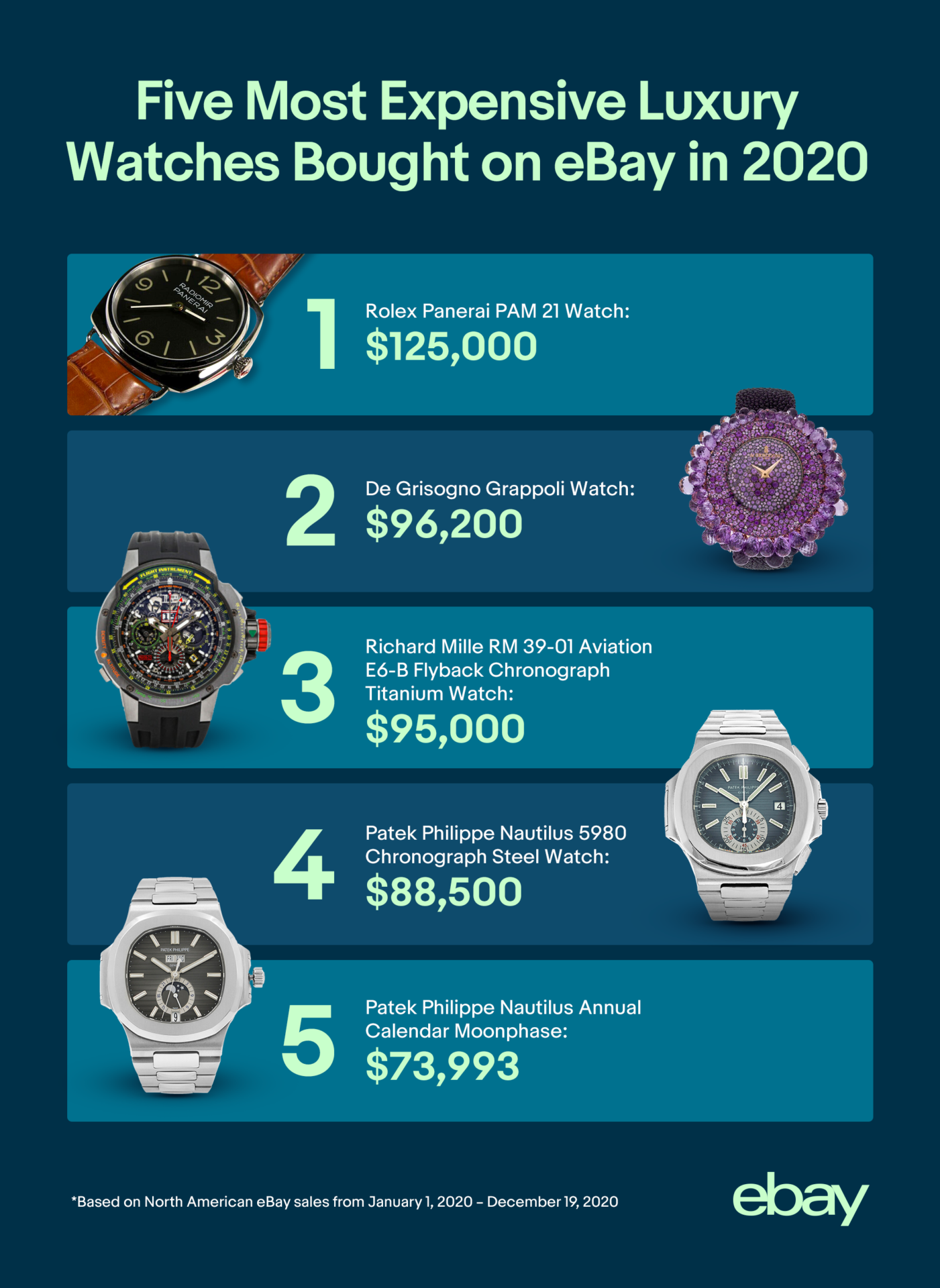
The rise of ecommerce is arguably the biggest story in the luxury watch business in 2020, and the question looking ahead is whether it will remain that way once the pandemic is a distant memory. eBay’s Mr Kamdar is convinced that, once customers become comfortable making high value purchases online, they will remain that way forever. “A lot of people today are asking themselves what the luxury market will look like after the pandemic, especially in the digital space, which we believe is going to remain strong. Think of all the people that have never bought online before and experienced it for the first time, and now they love it,” he suggests.
And, with initiatives like Authenticity Guarantee and additional trust-building programs rolling out this year, the future for online luxury watch sales through eBay looks only likely to grow.

